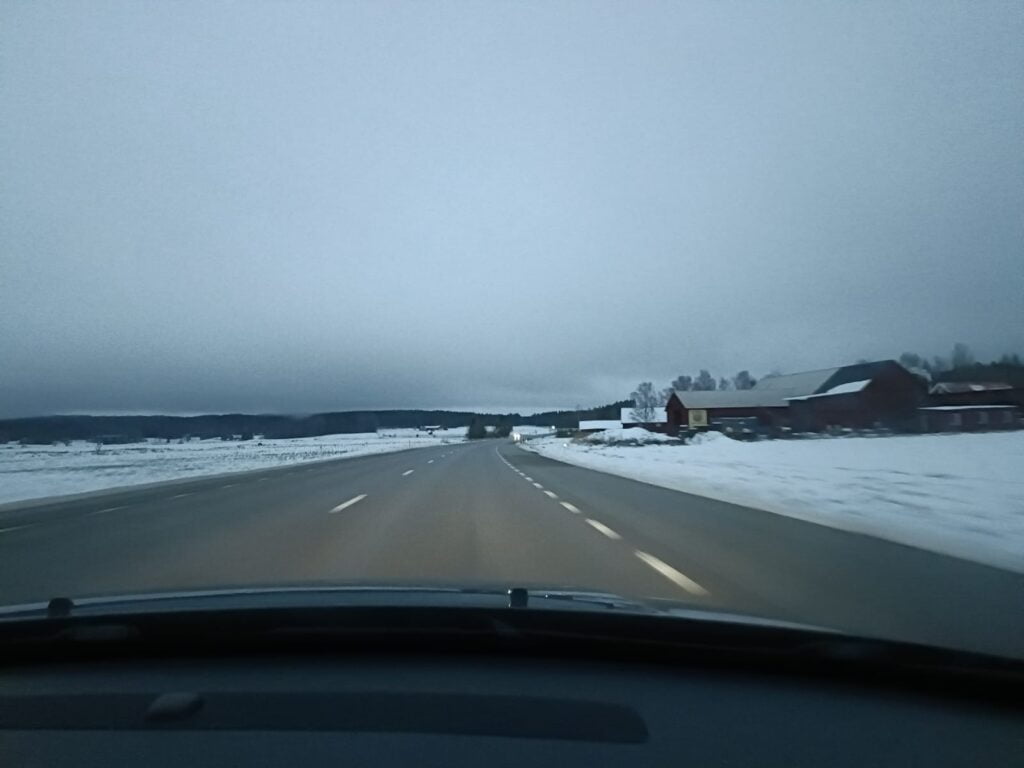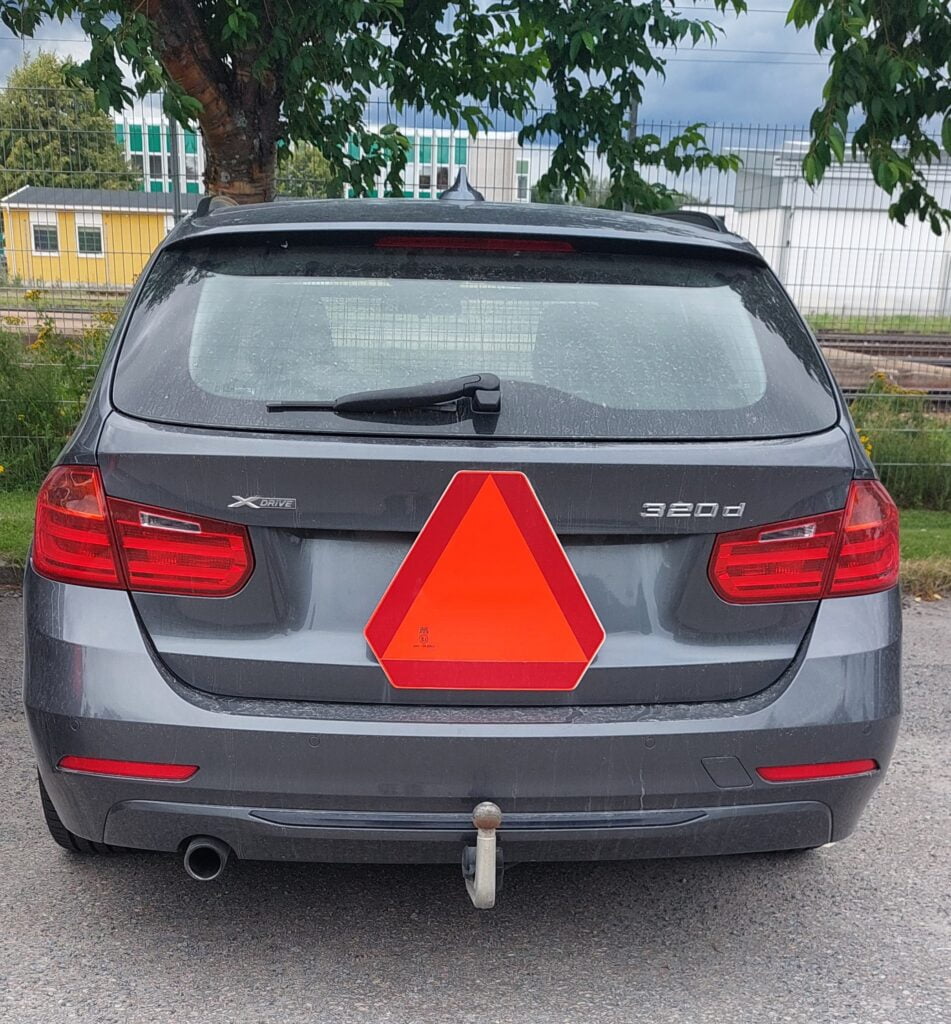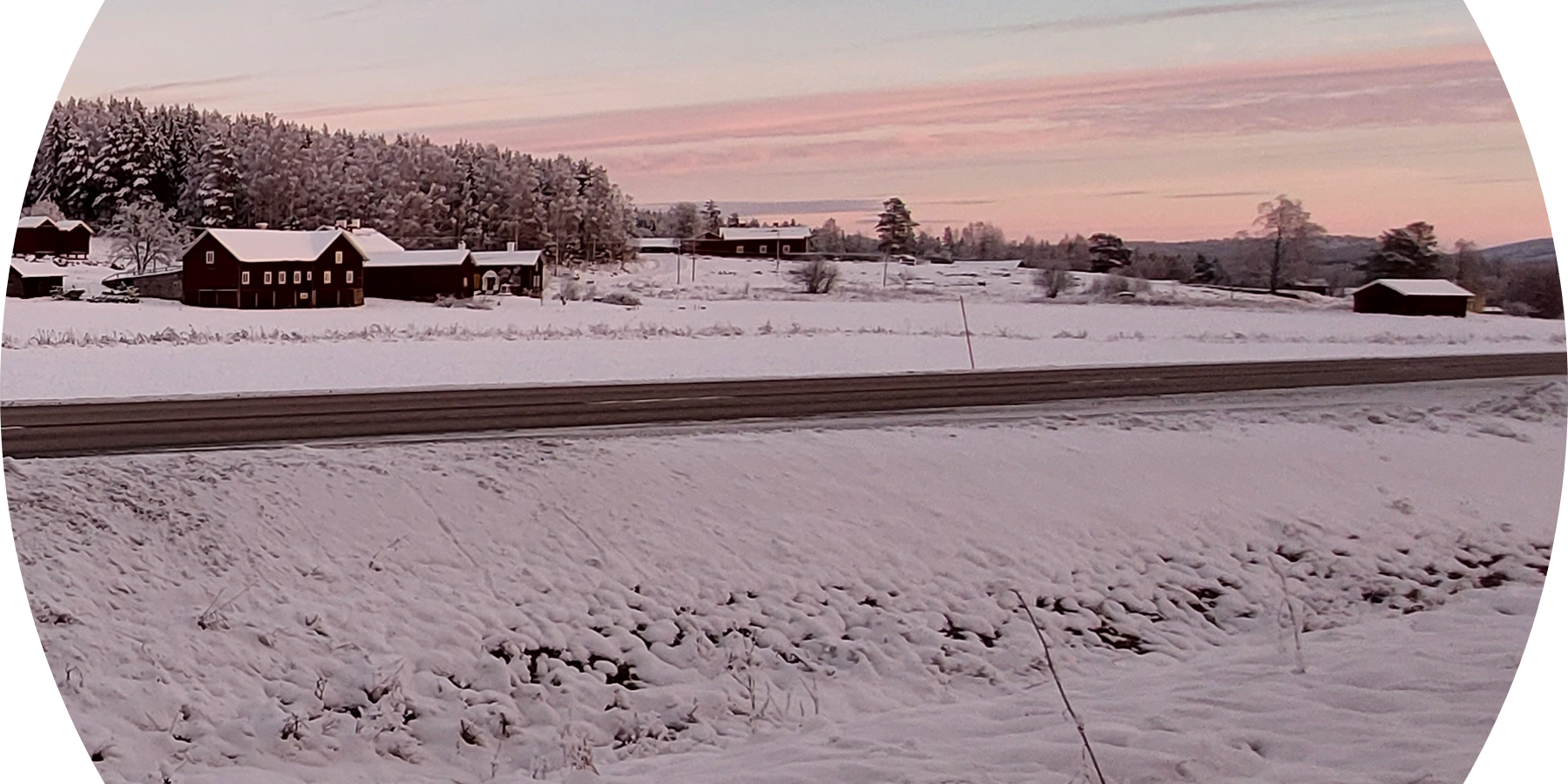Although Sweden is the country par excellence for getting around on foot through nature, there are fantastic routes that can be taken by bicycle and the train is also an excellent way to get from A to B, the most common means of transportation in this country is still the car. You can fly to, say, Stockholm or any other airport to rent a car, but Sweden is also easily accessible by your own car. For example, you take the bridges through Denmark or one of the many boat connections. The advantage over flying is that the size of your car is also your luggage limit, you can take more passengers more economically, and you see and experience more of the country you are vacationing in. Not to mention the environmental impact of flying. As with any vacation, you set out well prepared and want to know what peculiarities you might encounter along the way. I’ve put together an overview for you of the things you need to consider in order to drive safely by car through Sweden.
1. Traffic rules in Sweden
In general, the same traffic rules apply in Sweden as in the Netherlands. So common sense will get you a long way. You wear your seat belt, obey the posted speed limit and make sure your vehicle is working properly. Still, some things are different, and of course you want to know that before you (accidentally) go wrong.
Lighting: Since 1977, it has been mandatory in Sweden to wear daytime running lights or low beam headlights at all times while driving. So even during the day in bright weather, be visible on the road!
Alcohol: It probably does not need to be said that it is absolutely inadvisable to go on the road after drinking alcohol. For those who do get in the car after a beer, keep in mind that the permissible promillage in Sweden (0.2 promille) is a lot lower than in the Netherlands (0.5 promille).
Car tires: Not surprisingly, it can get fairly chilly in Sweden. It is therefore mandatory to drive with winter tires between December 1 and March 31 in winter conditions. Snow chains are not mandatory, but they can come in handy, so they are not an unnecessary luxury to bring when traveling in winter. From Oct. 1 to April 30, Swedish law also allows studded tires. Since these are not allowed everywhere in Europe, you can also rent them and have them put under your car when you drive into Sweden.
Snow shovel: In addition to the warning triangle and reflective vest, it is also mandatory in Sweden to have a snow shovel in the car in winter. The function needs no explanation, it seems to me.
Wiper fluid: Perhaps an open door, but wiper fluid is required to contain antifreeze in the winter. You’ll automatically notice why the moment you try to rinse your windshield with liquid without antifreeze at -25 degrees.

2. Fellow road users on Swedish roads
As I mentioned earlier, there are great routes to cover in Sweden by bicycle. However, bike lanes are lacking in large parts of the country, resulting in cyclists riding on “national roads” where some 80 to 90 km/h are driven by motorized fellow road users. By the way, this also applies to pedestrians/hard walkers/etc. Dangerous? Not necessarily. Swedish motorists want to avoid at all costs making vulnerable fellow road users feel unsafe and will always pass extremely carefully and at a wide distance. It’s nice if tourists can also muster this decency, as those fellow road users often have no other reasonable way to get to their destination.
Another phenomenon not seen in the Netherlands is the A-tractor. What the name suggests is that it is an agricultural vehicle and can be recognized as such. Nothing could be further from the truth: these are perfectly ordinary (or sometimes even very luxurious) passenger cars approved as road tractors and limited to 30 km/h (+/- 10%). One may drive the A-tractor from the age of 15 with an AM driver’s license and is therefore widely used by young people as a replacement for the school bus regulated by the municipality. The Swedish version of the moped, you might say, that you will find on the roads with some regularity. And that can be a bit of a scare when you’re driving by yourself at ninety kilometers per hour. Fortunately, they can be recognized from afar by the orange-red warning triangle that is required to be on the back of the vehicle.

3. Driving safely by car through Sweden in any season
In the spring and summer, driving through Sweden will not cause many problems. In some places, the roadside vegetation can be a bit high which can cause reduced visibility at intersections, but that’s about it. What you can consider for yourself is the time you spend behind the wheel. Because of the beautiful views in many parts of Sweden, as well as the size of the country and the long daylight period in summer, it can be tempting to spend long days in the car. Make sure you take adequate rest. And that can be done virtually anywhere. You can pick a break spot beside the road or by a lake and eat your homemade sandwiches while reading a book, or you can look for a nice café or a loppis (flea market at home) to stretch your legs.
In the darker seasons, other aspects of driving come into play. Because of the short days and sometimes heavy snowfall, you soon find yourself in situations where you have little visibility and thus will tire much faster than you are used to. It is not for nothing, then, that Swedes themselves often divide their long journey to the ski resorts into two parts and plan an overnight stay along the way in a hostel or B&B. In the Netherlands, you are not used to driving in such conditions, so it requires extra vigilance. In addition, aside from the aforementioned mandatory items on and in your car, consider making sure you carry appropriate clothing for the weather conditions at all times. Even if you have already nicely pre-warmed the car and all you have to do at your final destination is enter a supermarket: bring your coat, hat, scarf and gloves. Maybe not necessary, but your sweatpants and vest get chilly quickly if you find yourself beside the road with car trouble, for whatever reason.
4. Wild road users in Sweden
Everyone knows the yellow warning sign with a red border and a moose on it. Nice souvenirs are also made with this sign on them. Key chains, pillows, magnets, you name it. It seems almost made for tourism. Yet the signs are next to the road for a reason and are indeed meant to alert you to real danger. Elk and reindeer, in particular, are known to be frequent victims of collisions. While a collision with a fox or badger also occurs with some regularity, the havoc is many times greater in a collision with an animal that weighs several hundred pounds and (no exception) can grow well over two meters tall. Do you see a moose appear from the woods next to the road and stay on the roadside? Feel free to stop the car to watch the animal, because chances are he or she will cross anyway. And while you’re at it: take a picture. Fun for home.
As you read, there are quite a few things involved in driving a car safely through Sweden. Obvious issues regarding snow and slipperiness but also the lesser known aspects. Are you taking your car to Sweden? Good of you to take a moment to read this and many safe miles in this breathtakingly beautiful country!



Road safety is very important while we are driving. Thanks for the information